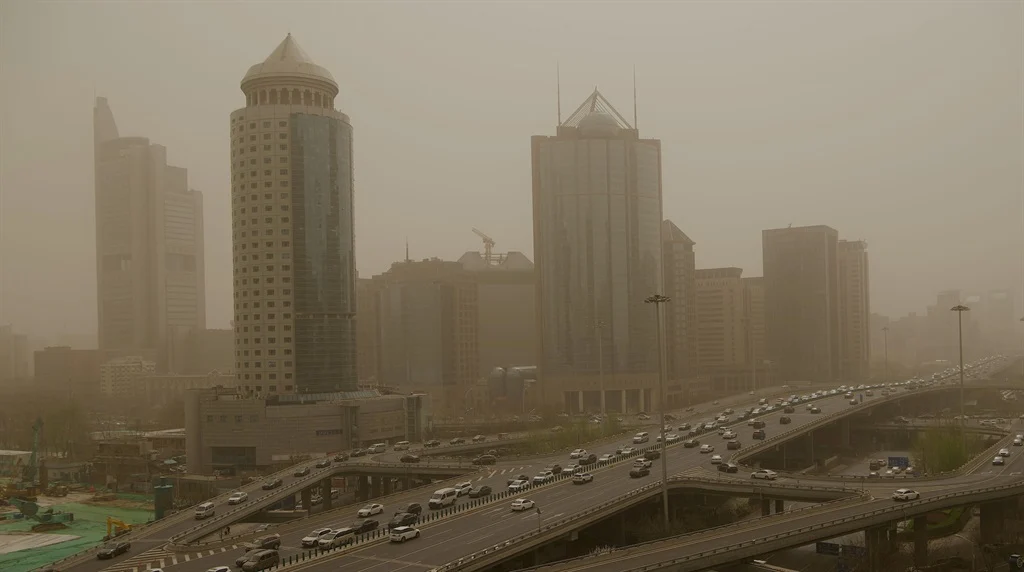Pollution alerts have been issued in thirteen northern Chinese cities surrounding the capital Beijing over the last few days, as concerns continue to grow that an industrial recovery in the region is increasing smog levels.
China’s National Joint Research Center for Tackling Key Problems in Air Pollution Control (NJRC) said all 13 cities, including Tianjin and Tangshan, China’s biggest steelmaking centre, had issued “orange” heavy pollution alerts by Sunday, the second-highest alert.
A “war on pollution” since 2014, which involved closing and relocating industrial plants as well as raising emission standards has led to improved air quality in the traditionally smog-prone region of Beijing, Tianjin and Hebei in recent years.
Read also: French environment minister says water restrictions needed to avoid water crisis
The smog that is expected to persist until March 10 has been linked to an increase in industrial activity, with steel and cement plants operating at higher levels, and diesel truck traffic also rising by the NJRC.
China has sought ways to re-energise its economy since lifting strict COVID-19 curbs at the end of last year, raising fears that pollution could be allowed to rise. Recent spikes in smog are now beginning to justify those fears.
Beijing has not issued an alert yet, but it could be coming soon as its AQI hit 230 on Sunday night and climbed above 200 again on Monday.
Story was adapted from Reuters.
